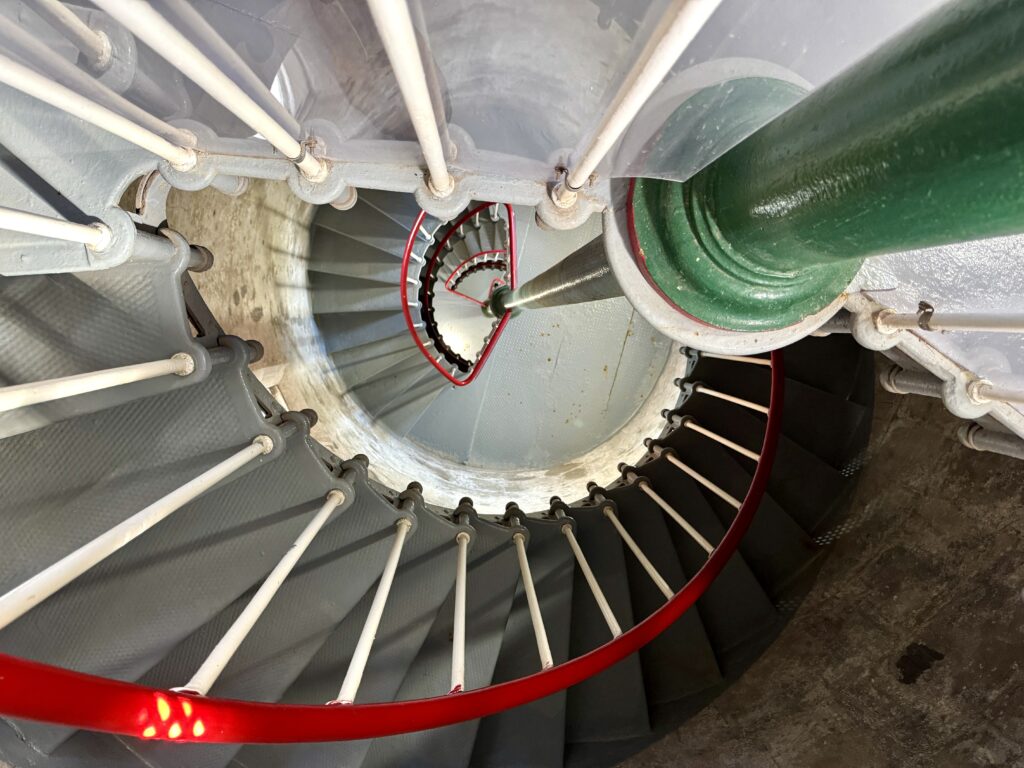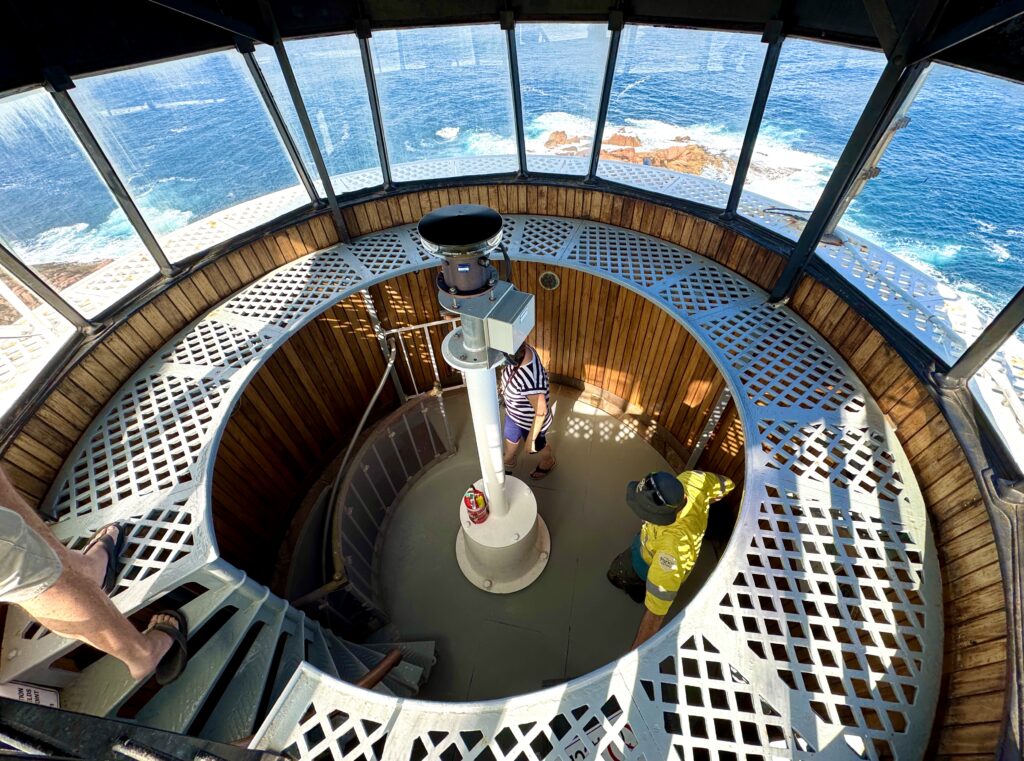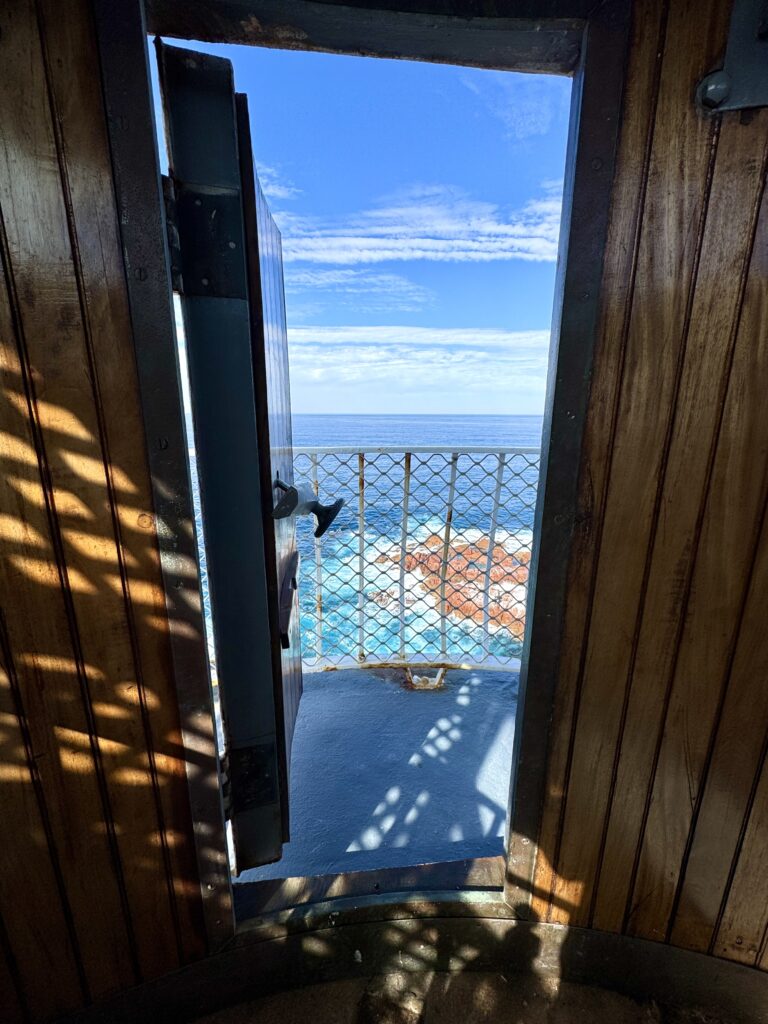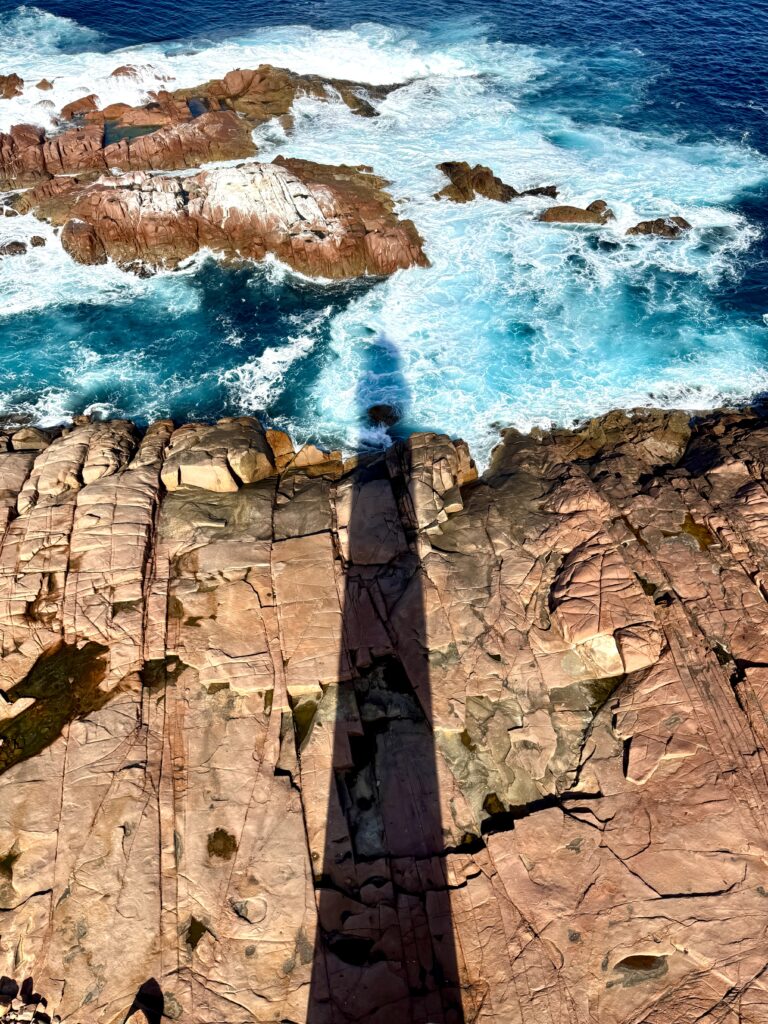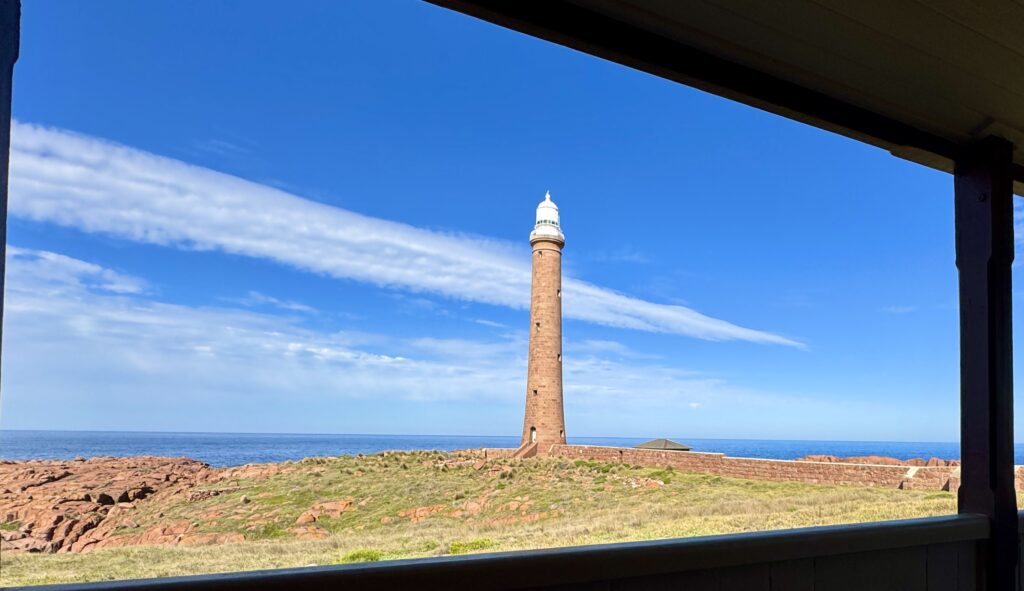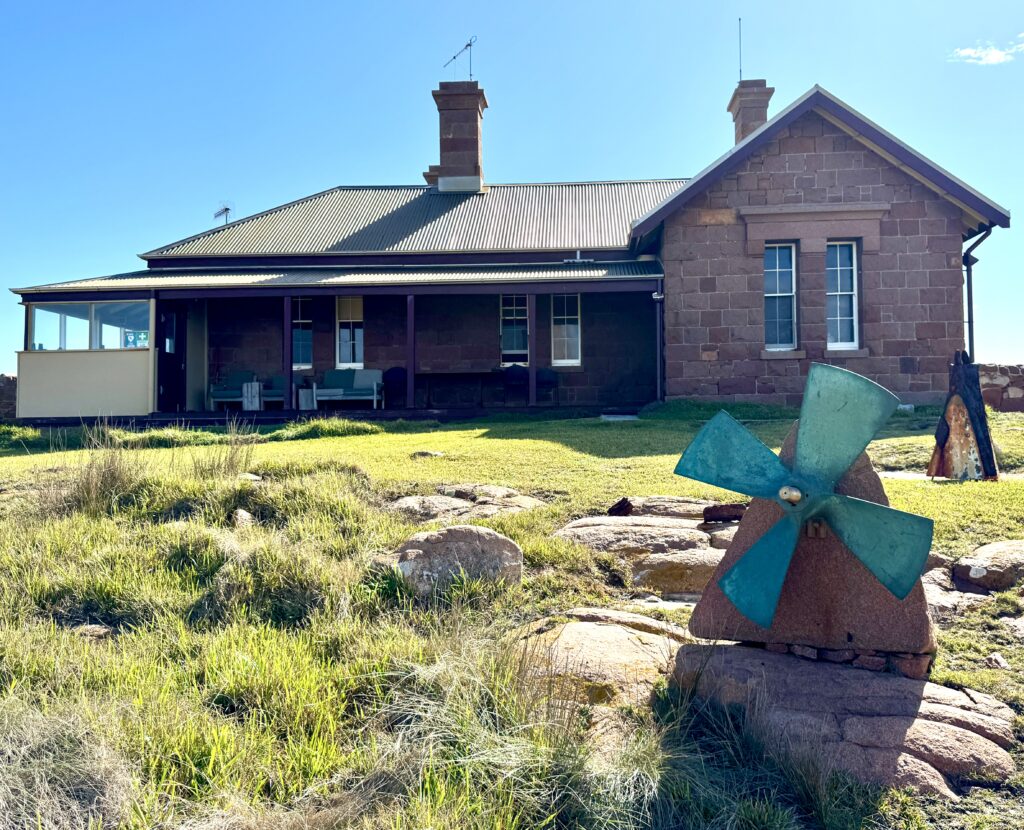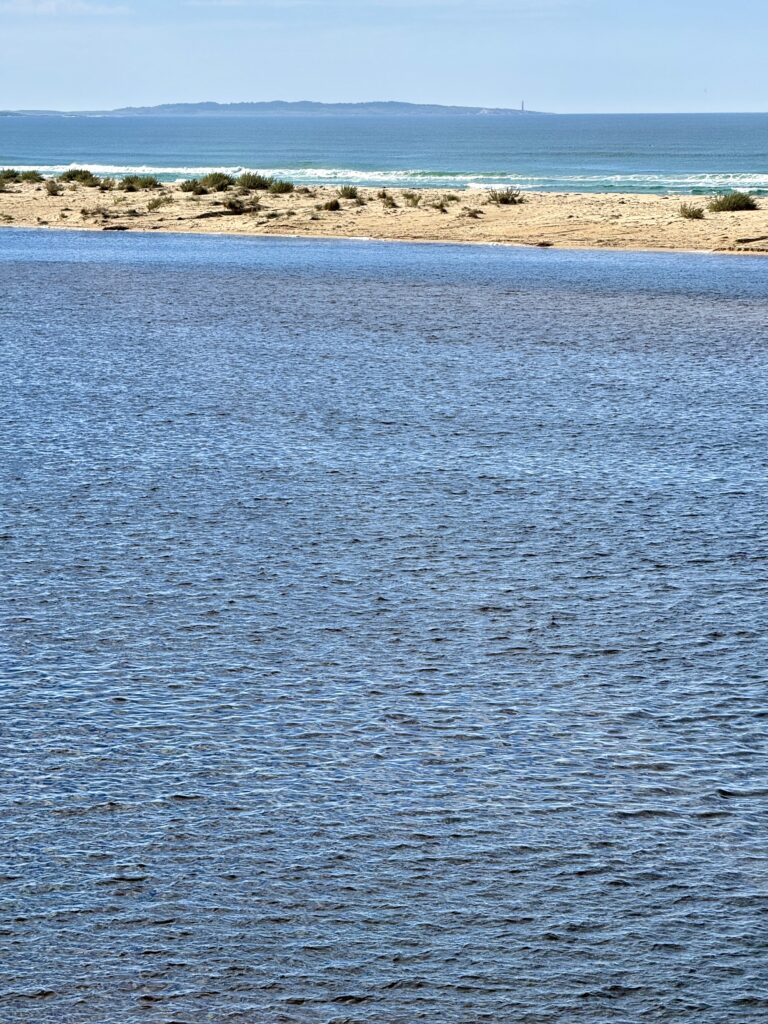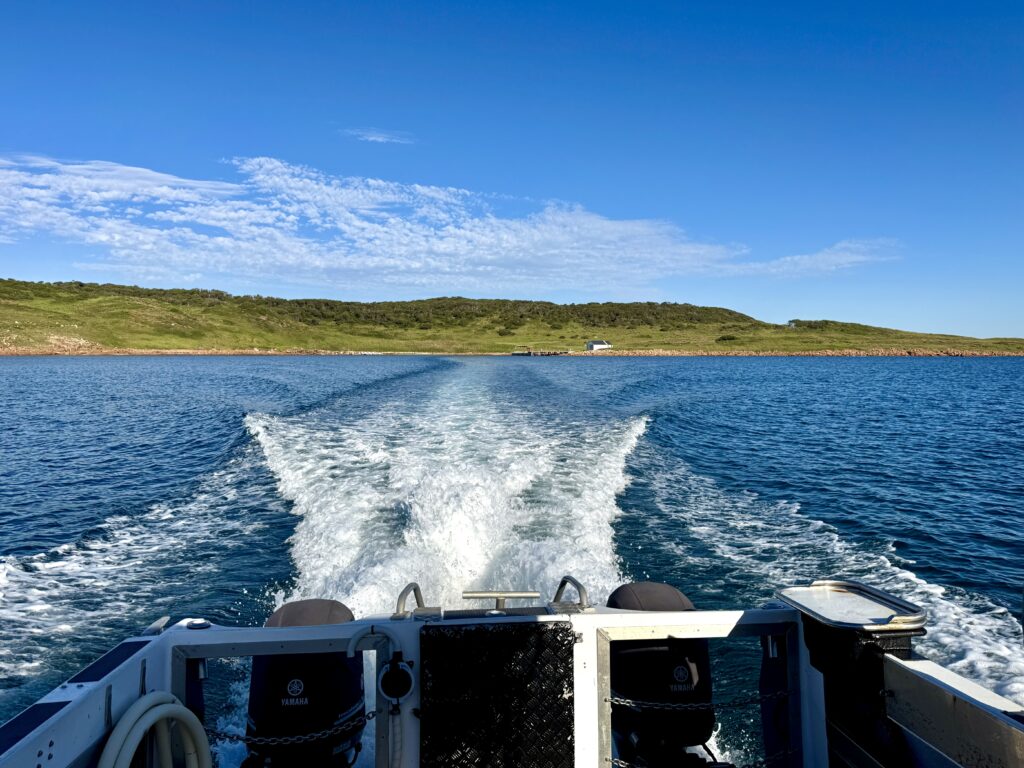
While it could be said of any number of our lighthouses Gabo Island is truely iconic, not only for it’s architecture and the incredible quality of it’s build, or for it’s rich history but mainly for it’s location, literally at the south east corner of the Australian mainland at the easternmost point of Victoria near the border with New South Wales. This location was dictated by the tragic history of shipwrecks that have occured in this area where dangerous sea conditions and intense storms have created our own version of the “skeleton coast”. Notorious for its violent storms and mountainous seas that are caused by the convergence of currents where the milder warmer waters of the Tasman Sea collide with the colder and more unpredictable waters of Bass Strait.

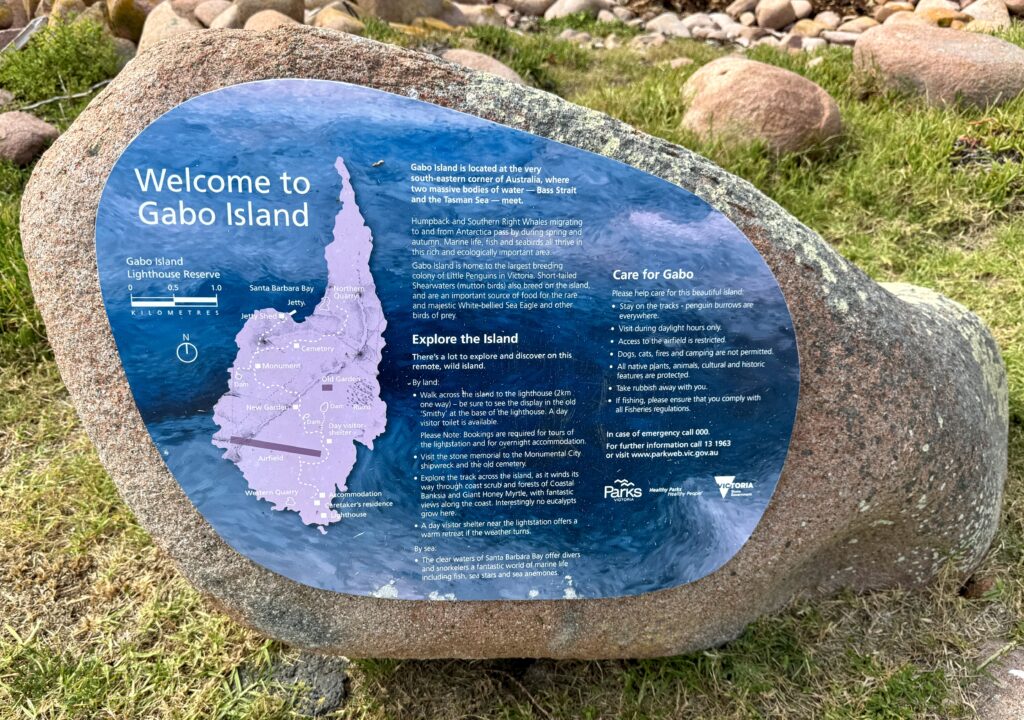
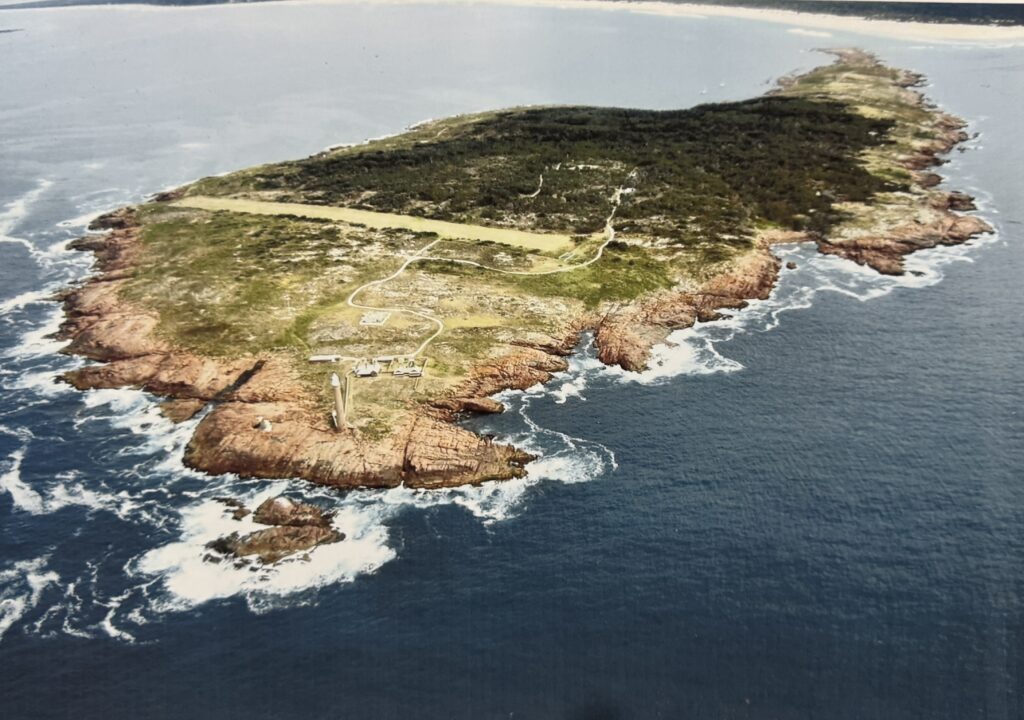
The lighthouse was established in response to a series of catastrophic shipwrecks along this perilous maritime corridor. The most influential catalyst for its construction was the devastating loss of the steamship SS Monumental in 1853, which was wrecked on neighbouring Tallaberga Island, claiming 37 lives. This maritime disaster, along with numerous other shipwrecks, highlighted the urgent necessity for a reliable navigational beacon at this hazardous junction of major shipping routes.
The earliest attempt to erect a lighthouse on the island was abandoned in 1846 after excavations to the depth of 20m failed to find bedrock upon which foundations could be laid and the project abandoned. However, as a result of the SS Monumental disaster the NSW government decided to urgently erect a temporary wooden tower was made using the lantern that had been intended for the the abandoned lighthouse. This tower was prefabricated in Sydney, shipped to Gabo Island and operational by the end of the year. Conditions for keepers attending the first light were hard with poor shelter and irregular supplies.
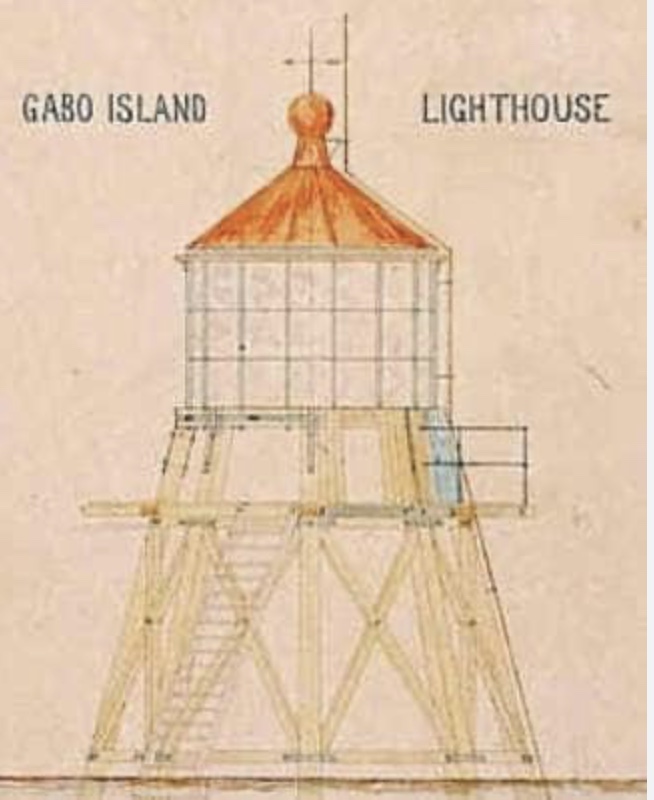
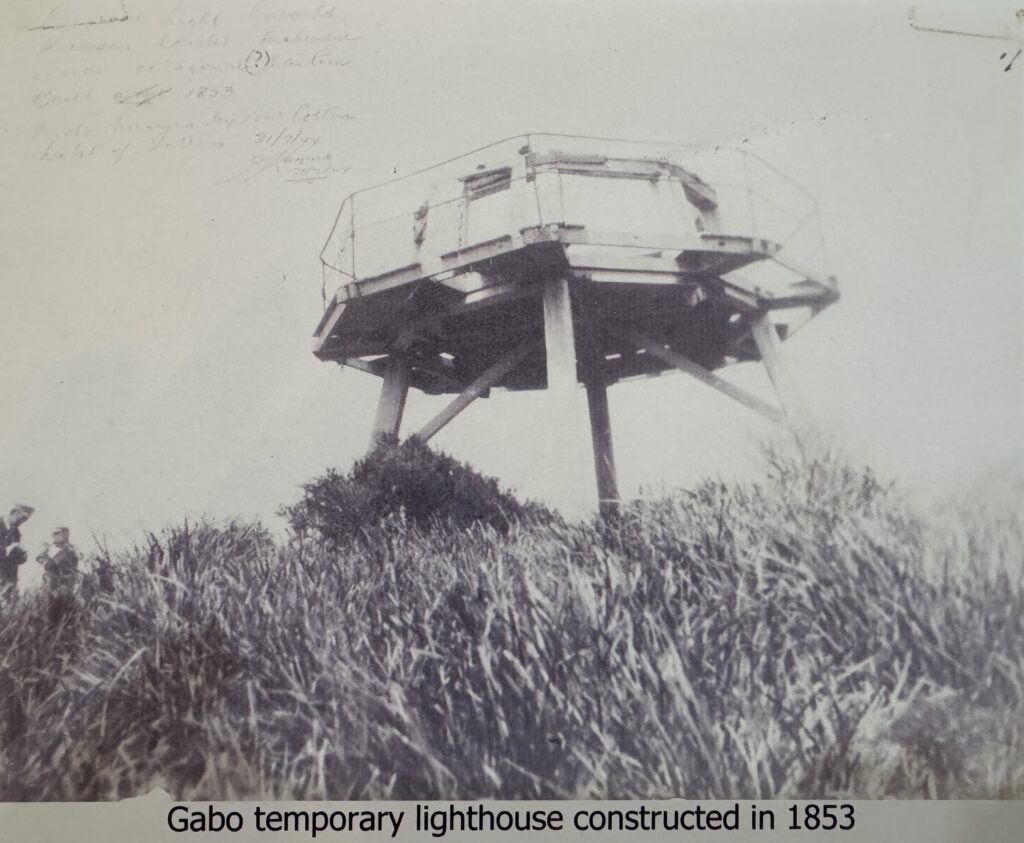
It was to take another ten years before a permanent replacement lighthouse was constructed. Designed by the esteemed colonial architect Charles Maplestone, Gabo Island Lighthouse represents the pinnacle of mid-19th century lighthouse engineering in Australia. Rising 55 meters above sea level with a tower height of 46 meters, the lighthouse is the second tallest in Australia.
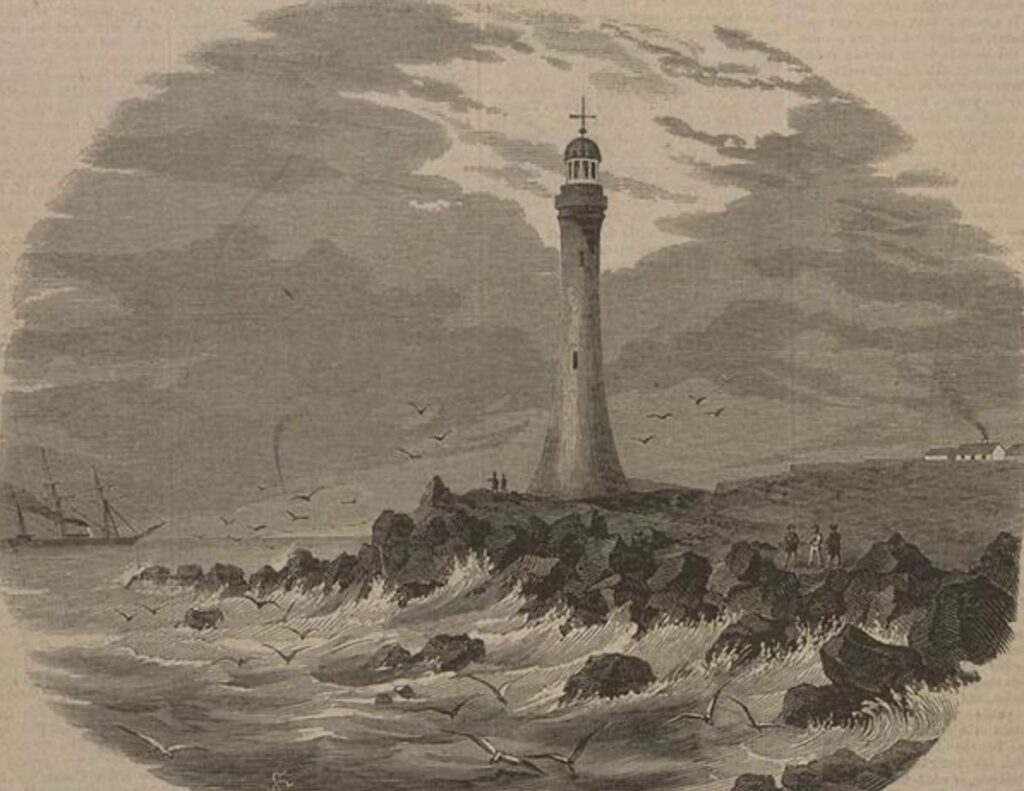
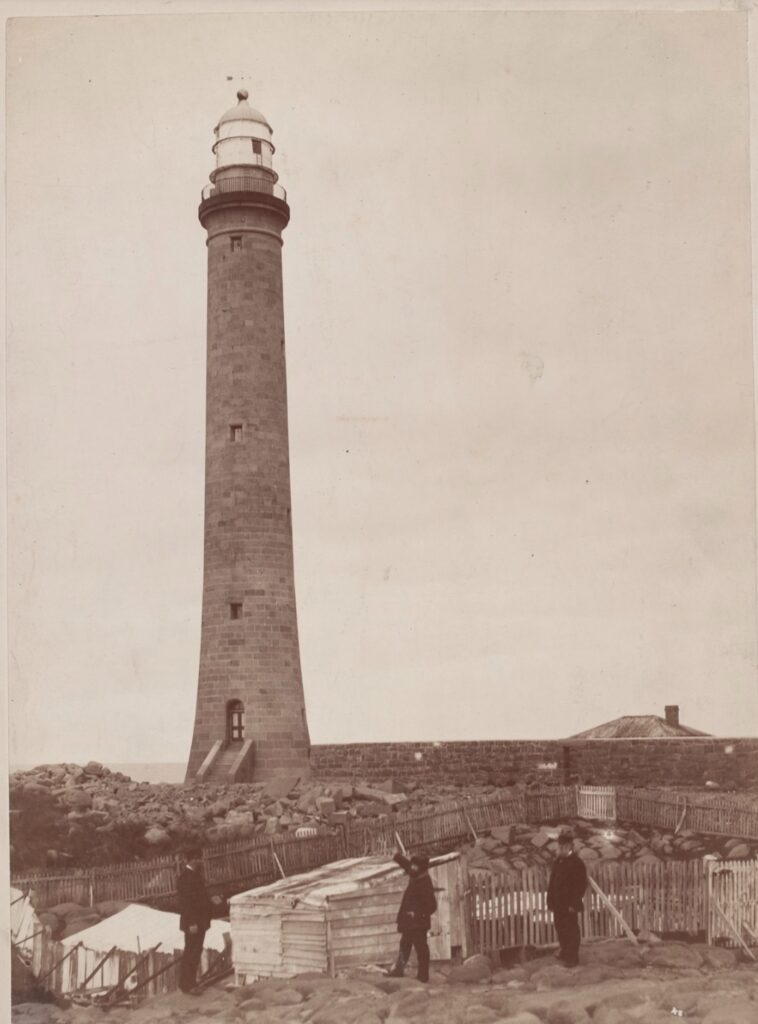
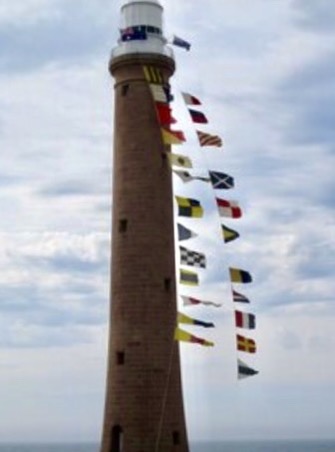
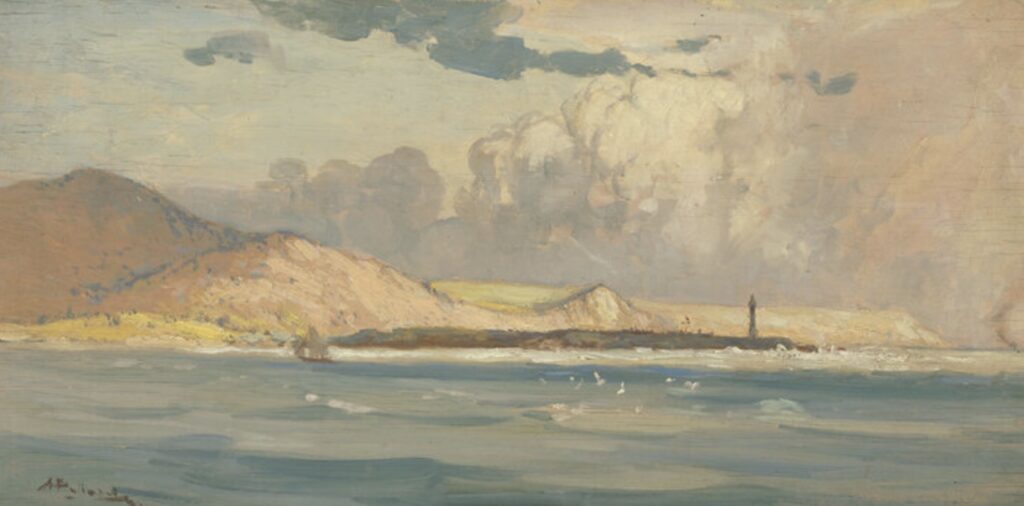
The lighthouse’s architecture embodies both elegant form and practical function. Constructed from precisely cut blocks of local pink granite, the tower presents a graceful cylindrical design that provides exceptional structural integrity against the fierce Bass Strait storms. The gradually tapering form culminates in a classical lantern room housing what was once one of the most sophisticated optical systems on the Australian coast for its time. The lighthouse and its associated keeper’s quarters constitute a complete and remarkably intact colonial lighthouse station, meticulously designed to function self-sufficiently on this isolated island.
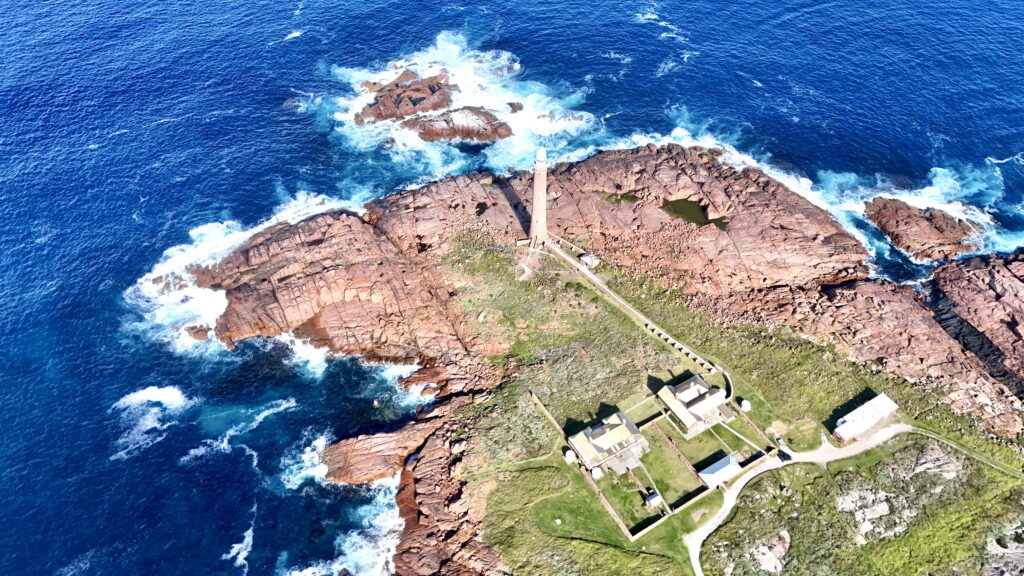
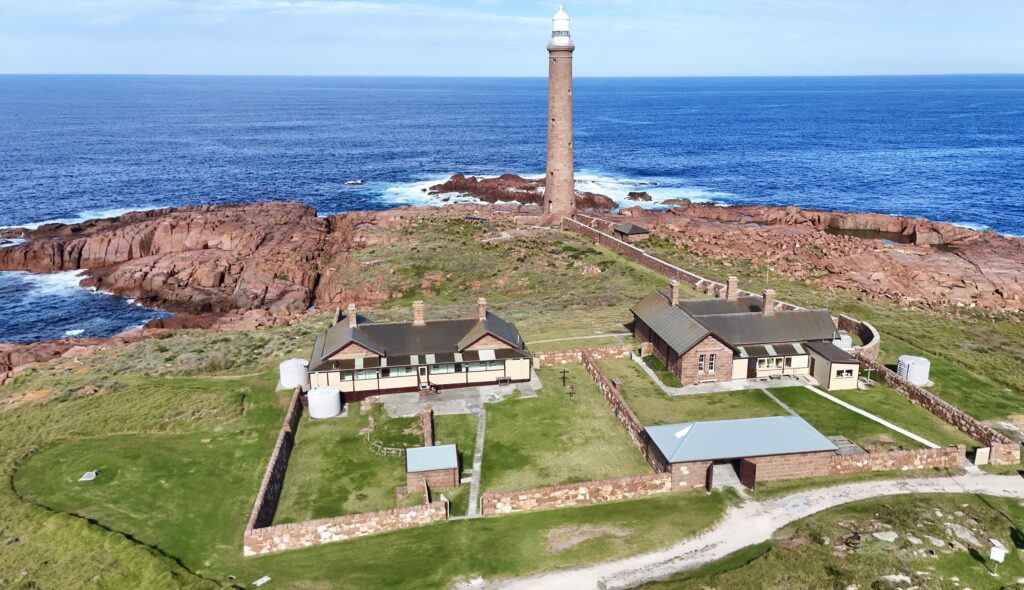
Initially illuminated in October 1862, the lighthouse was equipped with a first-order Chance Brothers dioptric lens, the largest and most powerful category of lighthouse lens available. This powerful illumination provided crucial guidance to vessels navigating the busy shipping routes between Sydney and Melbourne, as well as international traffic traversing Bass Strait. The lighthouse underwent several significant technological upgrades throughout its operational history and was converted to electric operation in 1935, making it one of the earliest Australian lighthouses to be electrified and resulted in the original lens being relocated to Flagstaff Hill in Wollongong. In 1994, the lighthouse was fully automated, concluding over 130 years of continuous human presence at the station.
Life for the keepers at Gabo Island was characterised by extreme isolation. The nearest mainland settlement, Mallacoota, lay approximately 13 kilometers away across often turbulent waters, making regular communication and supply deliveries challenging and sometimes impossible during adverse weather conditions. This isolation necessitated that the lighthouse station function as an essentially self-contained community.
Weather conditions at Gabo Island tested both the lighthouse structure and its keepers to remarkable extremes. The island’s position at the convergence of major oceanic currents and weather systems generated exceptionally powerful storms, with hurricane-force winds and massive waves that could completely drench the tower with spray. During the most severe conditions, keepers maintained continuous watch, ensuring the light remained operational through even the most violent tempests. One particularly notable storm in 1895 created a storm surge 16m above normal high tide and swamped the lower levels of the lighthouse and the keepers quarters.

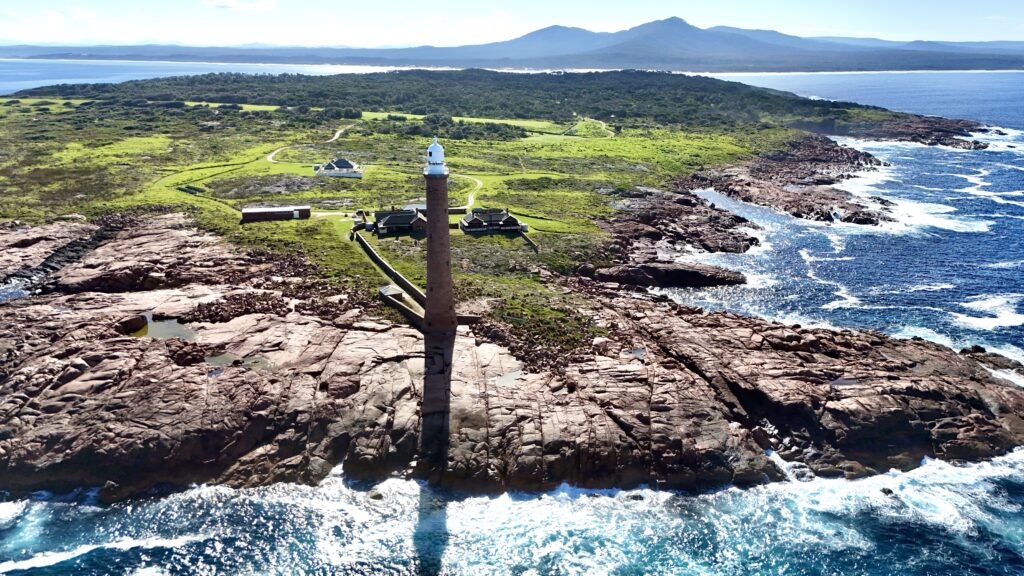
The waters surrounding Gabo Island have claimed numerous vessels throughout history, earning this maritime passage its ominous reputation. Beyond the SS Monumental tragedy that prompted the lighthouse’s construction, the area witnessed many other significant shipwrecks. Even in more recent times the beaching of the SS Riverina in 1927 and the wrecking of the SS Saros in 1937 demonstrated that even with the lighthouse operational, and more modern navigational aids and communications these treacherous waters could still prove hazardous to vessels in distress.
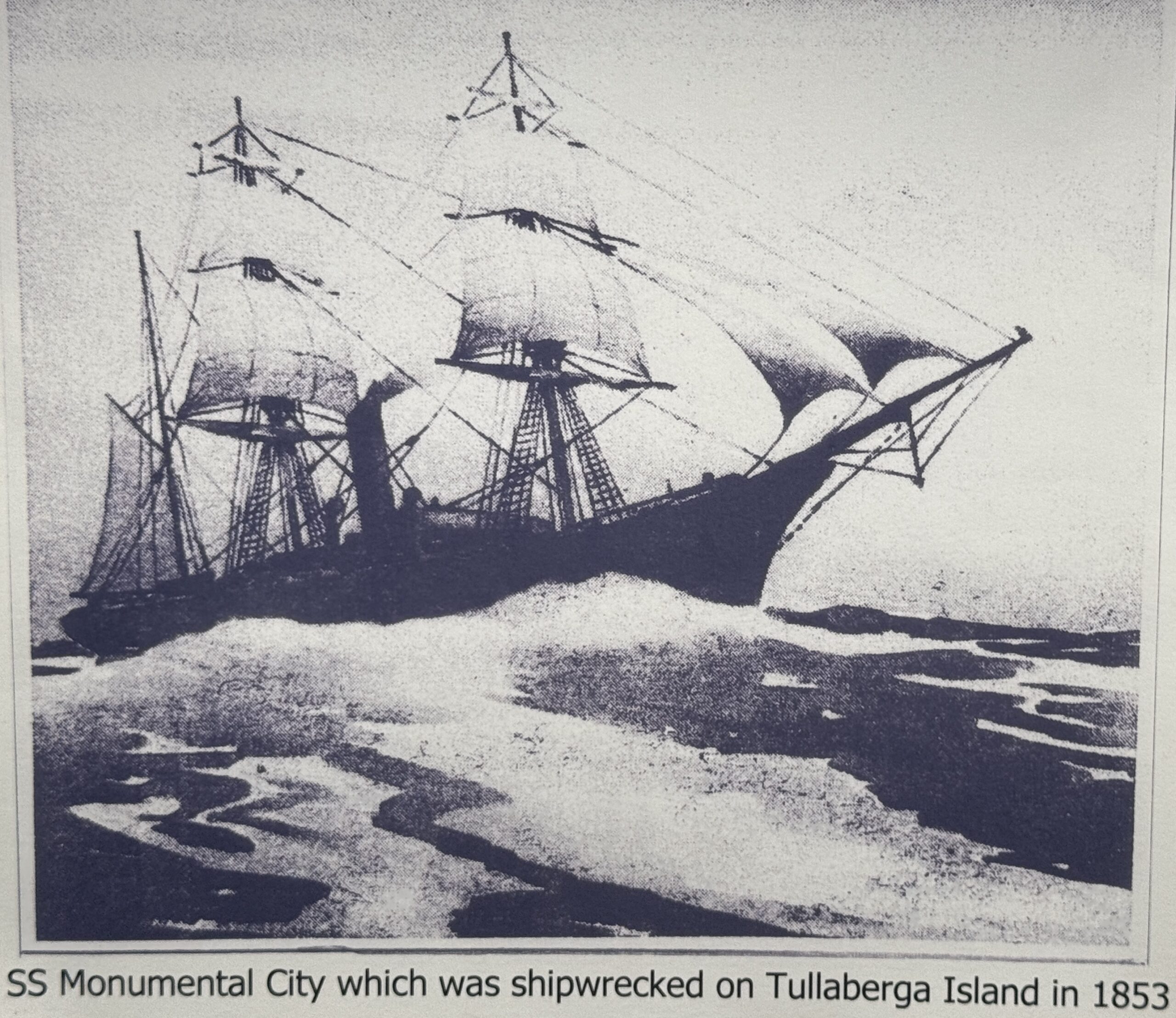



Historical records from the lighthouse logs document numerous dramatic rescues where keepers risked their own safety to assist those on stricken vessels. In 1887, head keeper James Maclennan and his assistants braved tremendous seas to rescue survivors from the floundering SS Jackson, an act of heroism that earned Maclennan an official commendation. These brave interventions exemplify the broader humanitarian role lighthouse keepers served beyond their primary duty of maintaining the light.


Like many isolated lighthouses with histories of maritime tragedy, Gabo Island has accumulated a rich folklore of supernatural occurrences. The most enduring legend involves reports of phantom lights seen moving across the island on stormy nights, believed by some to be the spirits of drowned sailors seeking safe harbor. Multiple keepers documented unexplained phenomena, including mysterious footsteps on the tower stairs when all staff were accounted for, and the eerie sensation of being watched when alone in certain parts of the station.
Particularly notable is the account from 1907 when three separate keepers reported independently seeing a soaking wet figure in antiquated maritime attire walking toward the tower during a violent storm, only to vanish upon reaching the entrance. Some attributed this to the spirit of a sailor from the SS Monumental disaster, still seeking the lighthouse that had not existed when his vessel foundered.
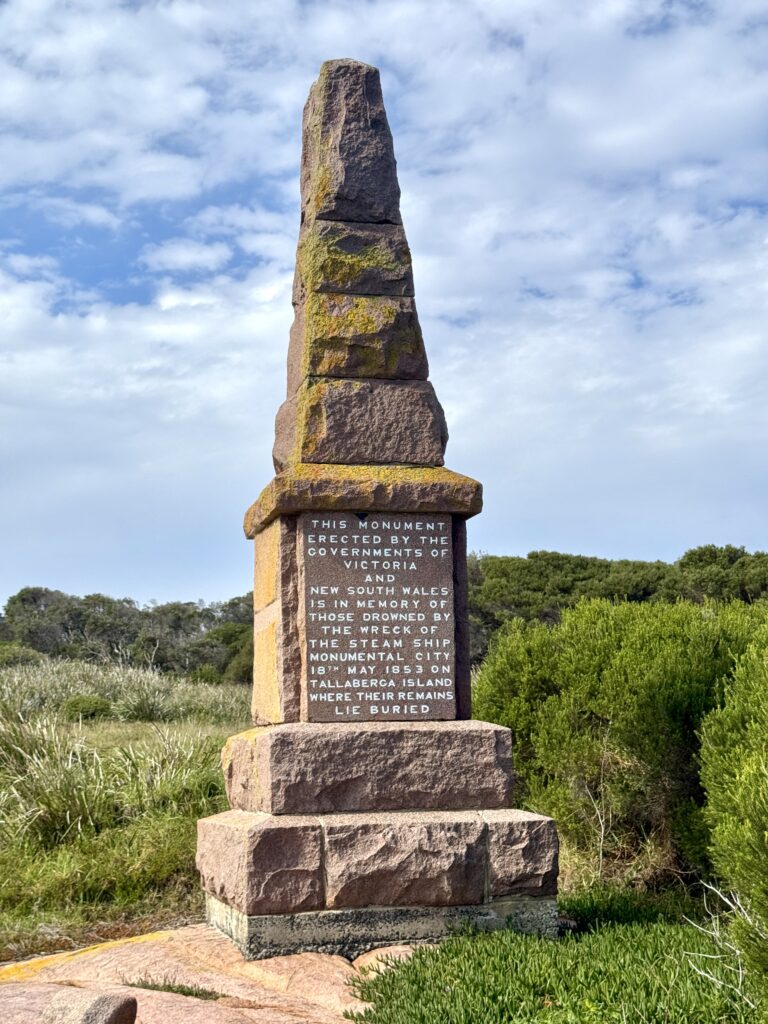
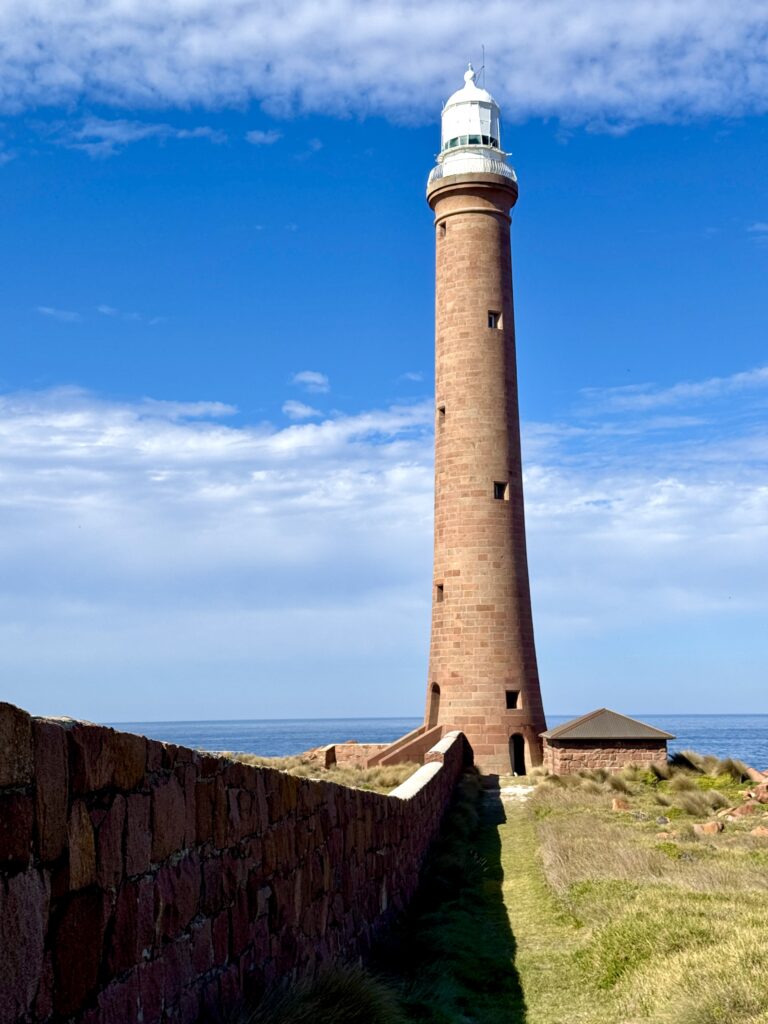
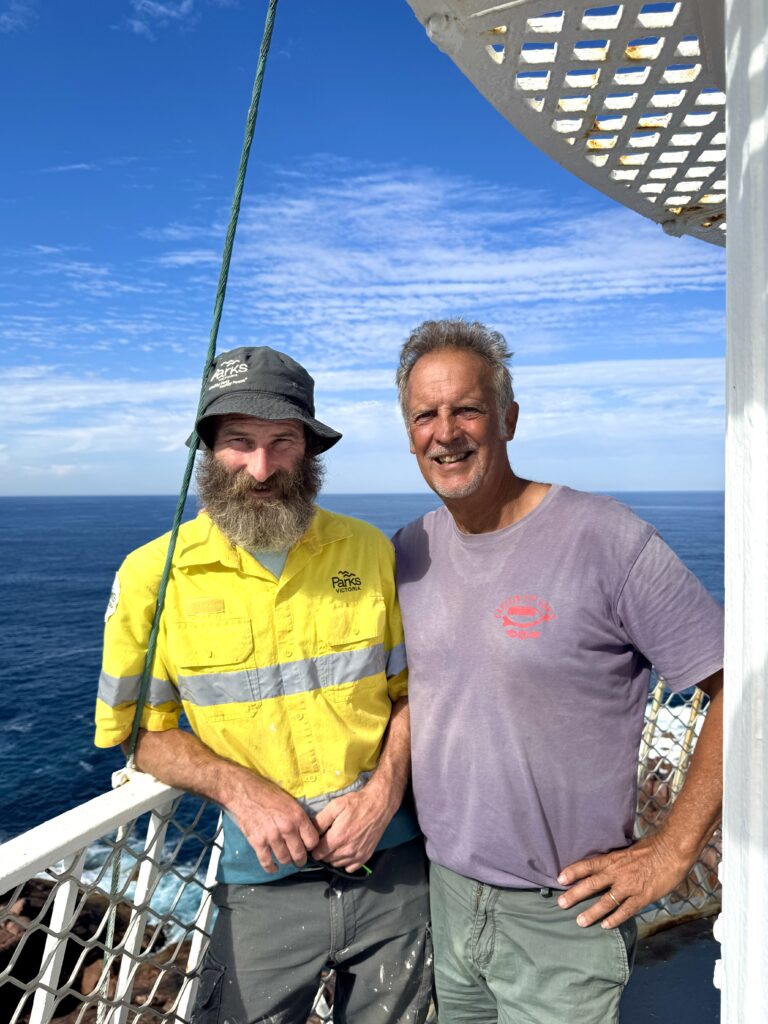
Having endured over a century and a half of wild storms, witnessed countless vessels navigate the treacherous passage, and transitioned from the age of oil lamps to the era of electronic navigation, Gabo Island Lighthouse endures as a monument to Australia’s maritime heritage. Its powerful beam, still sweeping across the waters each night, continues the unbroken vigil that began in the colonial era, a living connection to the seafaring traditions that shaped the nation.
